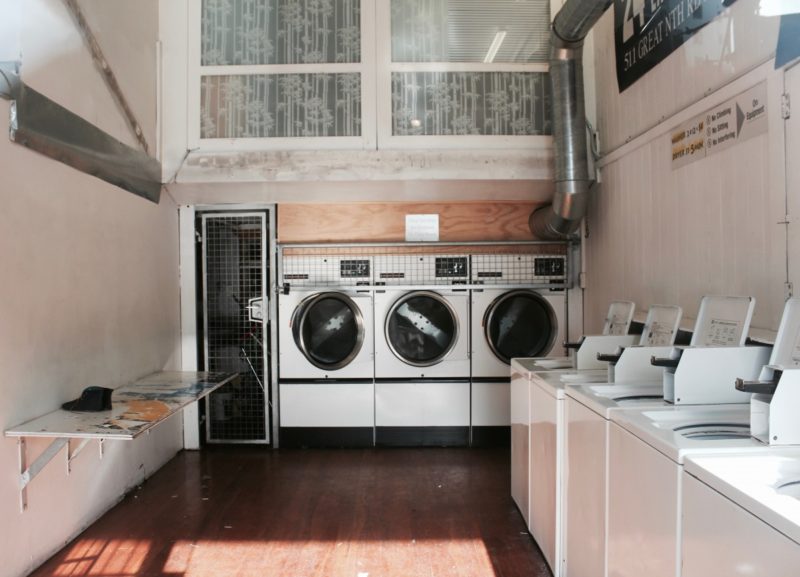Do you know when to use a washer? This article will assist you in learning about a washer. Washers, typically made of a flat, circular, or disc-shaped chunk of metal with a hole in the middle, are frequently used with fasteners.
The washer can be put into the end of a fastener like a bolt before being pushed into a surface. On the other hand, the genuine washer isn’t pressed to the surface, leaving people wondering what it’s for.
This protects the bolt head or nut from scraping and marking the surfaces of two secured pieces, causing the fastener to release. Furthermore, pushing a bolt into the wood may lead the wood to split around the surface, which a washer helps prevent. Washers have many types and use in various conditions, so you must keep reading this article to discover more.
How To Use A Washer?
If you’re going to secure something with washers, be sure they’re the correct thickness. This is frequently determined by what you want a washer to accomplish. If you want to make sure the installation is as complex as possible, for example, then you could use a thick washer. It may be required to employ over one to do this in some circumstances.
You may need to lubricate the washer as well. This provides several benefits, including lowering the danger of corrosion and making it much easier to install the fastener. It’s also crucial to get the right washer size. And use one which is either too tiny or too large will almost certainly result in less-than-ideal results. For example, if you wish to limit leakage and choose a large washer, the gap between the screw and the washer would be considerable, resulting in even more significant leakage.
What Are The Types Of Washers?
Flat or spring washers are two other well washer types. Let’s go through each one one by one. There are two types of what you need to be learned about a washer and when to use a washer.
#1. The flat washer
A flat washer reduces surface pressure given to the secured object by increasing the size of the screw’s bearing surface area. Whenever the bearing area dips underneath the surface pressure, slipperiness can occur; thus, utilizing a flat washer reduces the possibility of this happening. This is especially crucial if the area of contact between the bearing surface of a screw and the item to be fixed is tiny or if the thing is composed of a flexible material like aluminum or plastic.
Because flat washers were usually made by compressing metal, they have rounded edges on one surface or burrs on the other. Although there is no hard and fast rule concerning which side must be put up or down, it is usually best to position the burred side, mainly if bearing surface tension is a problem. However, because these burrs might stain the surface of the related item while tightened, it may well be preferable to place the round side down in some situations to prevent plates from ripping.
#2. The spring washer
Spring washers were manufactured by cutting off a section of such a flat washer and twisting it. As a consequence, a spring or elasticity force is activated. Unlike flat washers, which are used both on the bolt or nut sides of the fastener, spring washers were exclusively used on the nut side. Initially, the higher frictional force supplied by the cut section, which “bites” into the bearing surface, was supposed to make these washers useful versus laxity. The washer’s rough edges (which are occasionally serrated) supposedly bite into the nut or attachment surface, preventing counter-clockwise movement or loosening.
As a result, these parts would’ve been suitable for high-vibration machines. However, the “biting” effect can only be used in situations when the secured object’s substance is softer than that of the metal washer. When contrasted to the axial load of a tightened screw, the spring washer’s elastic force is minimal. As a result, the screw has already been loosened when the spring washer’s flexible pressure begins to take action.
Furthermore, the firm grip of spring washers often scratches the bearing surface, making it unsuitable for frequent assembly and disassembly. There are numerous instances of spring washers combined with flat washers being used to protect the bearing surface.
However, this seems to be rarely successful, and the consequence is a lock action that is minimal at best. Washers are being used to spread the weight of a fastener, minimizing friction and slippage. Tightening only with proper torque is the most excellent approach to assure a solid grip and a secure deployment, irrespective of which washer was selected.
Why Do People Use A Washer?
Most washers’ principal function would be to distribute the weight of the bolt or nut with that they are utilized. Threaded fasteners put a lot of strain on the material they’re forced into. For example, pushing the screw into wood can lead the wood to split around the surface. Washers lessen the danger of this harm by uniformly dispersing a fastener load throughout the material’s surface. Washers aren’t required for all materials. On the other hand, washers are beneficial for protecting wood or other relatively gentle materials from stress-related harm whenever the threaded fastener is forced into the substrate. You may also be interested to know about the best compact washer and dryer.
It’s A Wrap!
We are glad to know that you have learned when to use a washer. The washer seems to be a thin plate with a concentric hole used to disperse the weight of a threaded fastening equally. Thank you, friends, for staying with us. You may also want to read about where to rent a washer and dryer and where to buy apartment-size washer and dryer.

